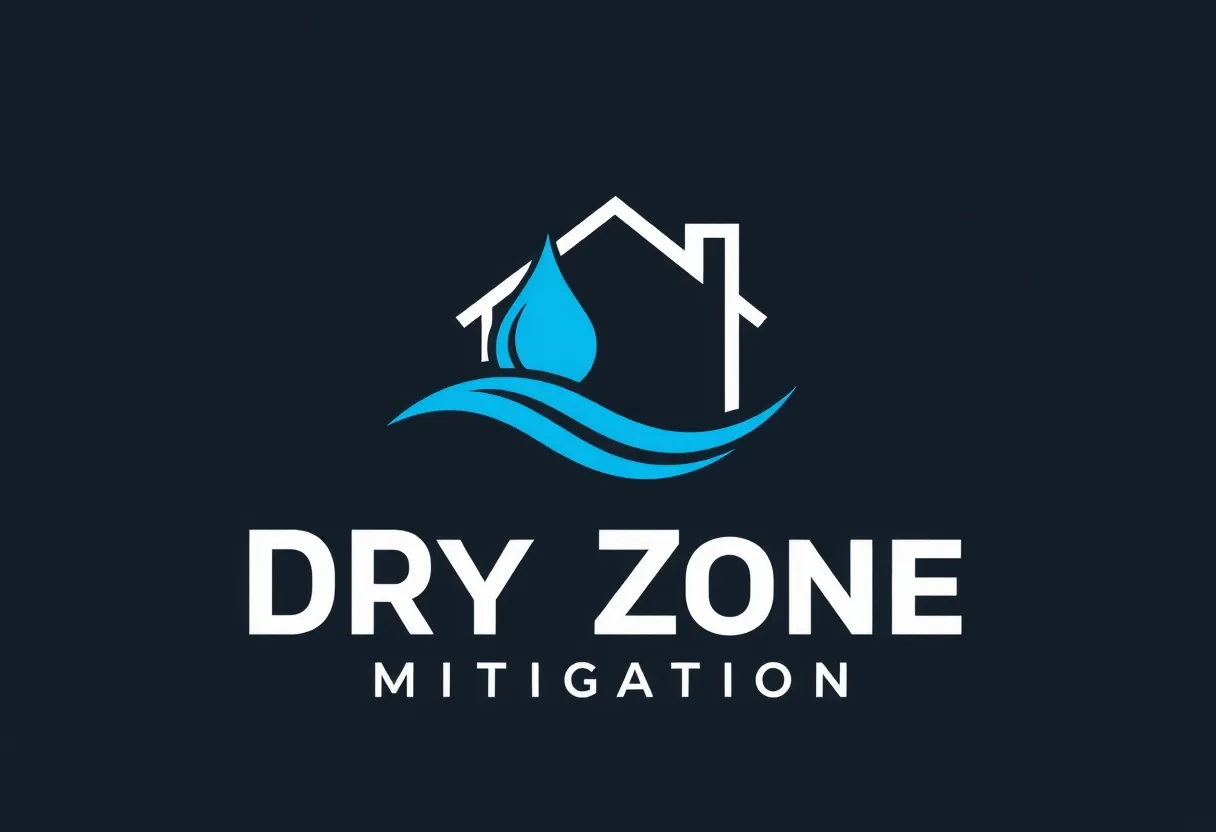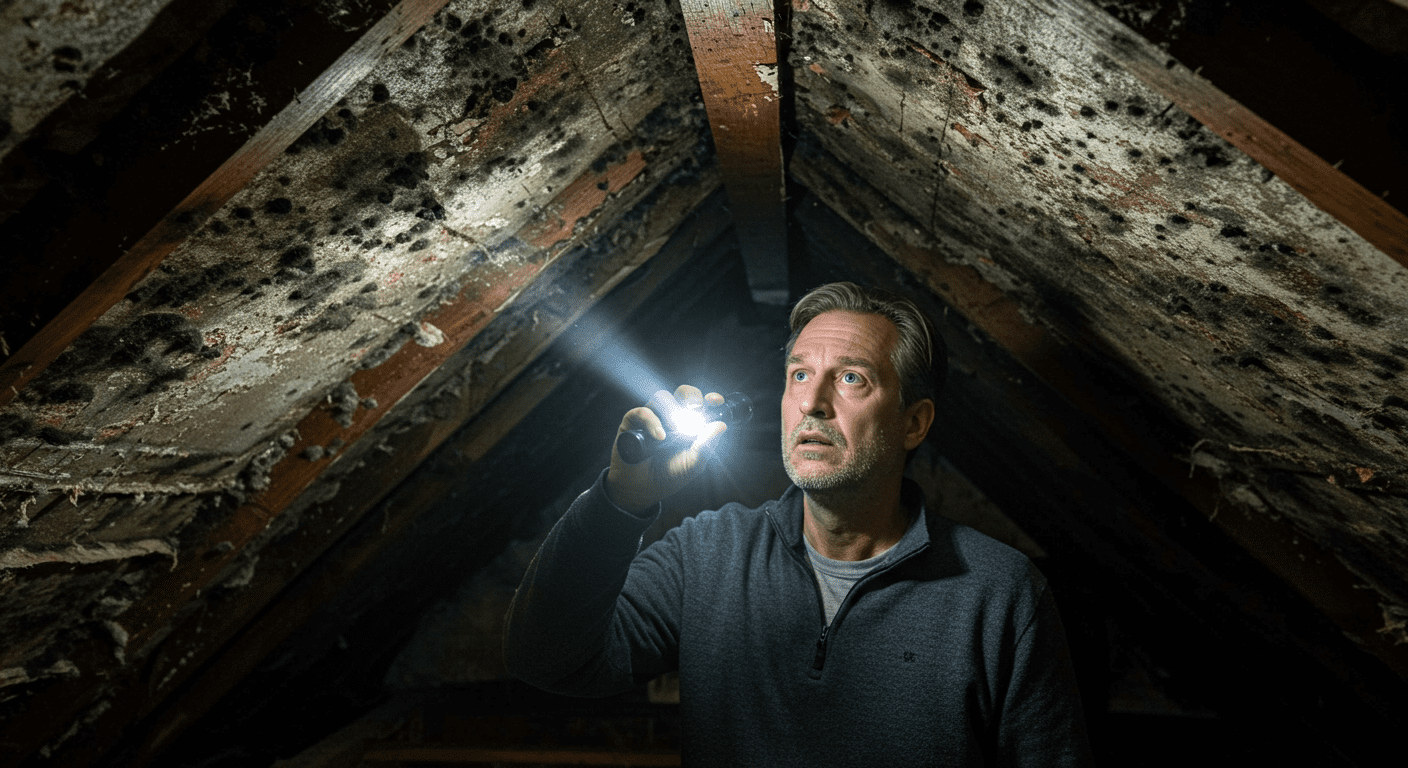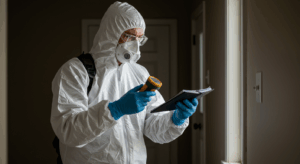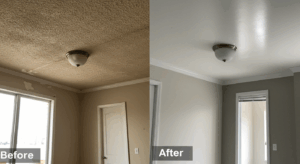Mold in your attic can be a silent invader, causing structural damage and posing health risks to your household. Many homeowners remain unaware of its presence until it becomes a significant problem. This guide will help you understand attic mold, recognize its signs, remove it effectively, and prevent future growth. By following these steps, you can protect your home and ensure a safe environment for your family.
Understanding Attic Mold
What is Attic Mold?
Attic mold is a type of fungus that thrives in damp, poorly ventilated spaces. It often appears as black, green, or white spots on wood, insulation, or other surfaces. Mold spores are microscopic but can spread rapidly under the right conditions, feeding on organic materials and moisture.
Common Causes of Mold Growth
Mold in the attic typically results from excess moisture. Common causes include roof leaks, poor ventilation, and inadequate insulation. For example, a leaky roof allows water to seep into the attic, creating a perfect breeding ground for mold. Similarly, poor ventilation traps humid air, while insufficient insulation can lead to condensation on cold surfaces. Addressing these issues is crucial to preventing mold growth.
Signs of Mold in Your Attic
Visual Indicators
One of the most obvious signs of attic mold is discoloration on wooden beams, insulation, or walls. You might notice black, green, or white patches spreading across surfaces. Mold can also cause a musty odor, which is often a telltale sign of its presence. Regularly inspecting your attic can help you catch these visual indicators early.
Health Risks Associated with Mold
Mold in your attic doesn’t just damage your home—it can also affect your health. Mold spores can trigger allergies, asthma, and respiratory issues, particularly in children and the elderly. Prolonged exposure may lead to more severe health problems, making it essential to address mold issues promptly. Learn more about effective home mold remedies to safeguard your health.
Effective Mold Removal Strategies
DIY vs. Professional Mold Removal
When it comes to mold removal, you have two options: DIY or professional remediation. DIY methods, such as using vinegar or hydrogen peroxide, can be effective for small mold patches. However, for extensive mold infestations, hiring a professional is recommended. Experts have the tools and expertise to remove mold safely and thoroughly, ensuring it doesn’t return.
Safety Precautions During Removal
If you decide to tackle mold removal yourself, safety should be your top priority. Wear protective gear, including gloves, goggles, and a mask, to avoid inhaling mold spores. Seal off the affected area to prevent spores from spreading to other parts of your home. Additionally, ensure proper ventilation during the process. For more guidance, check out expert black mold removal services.
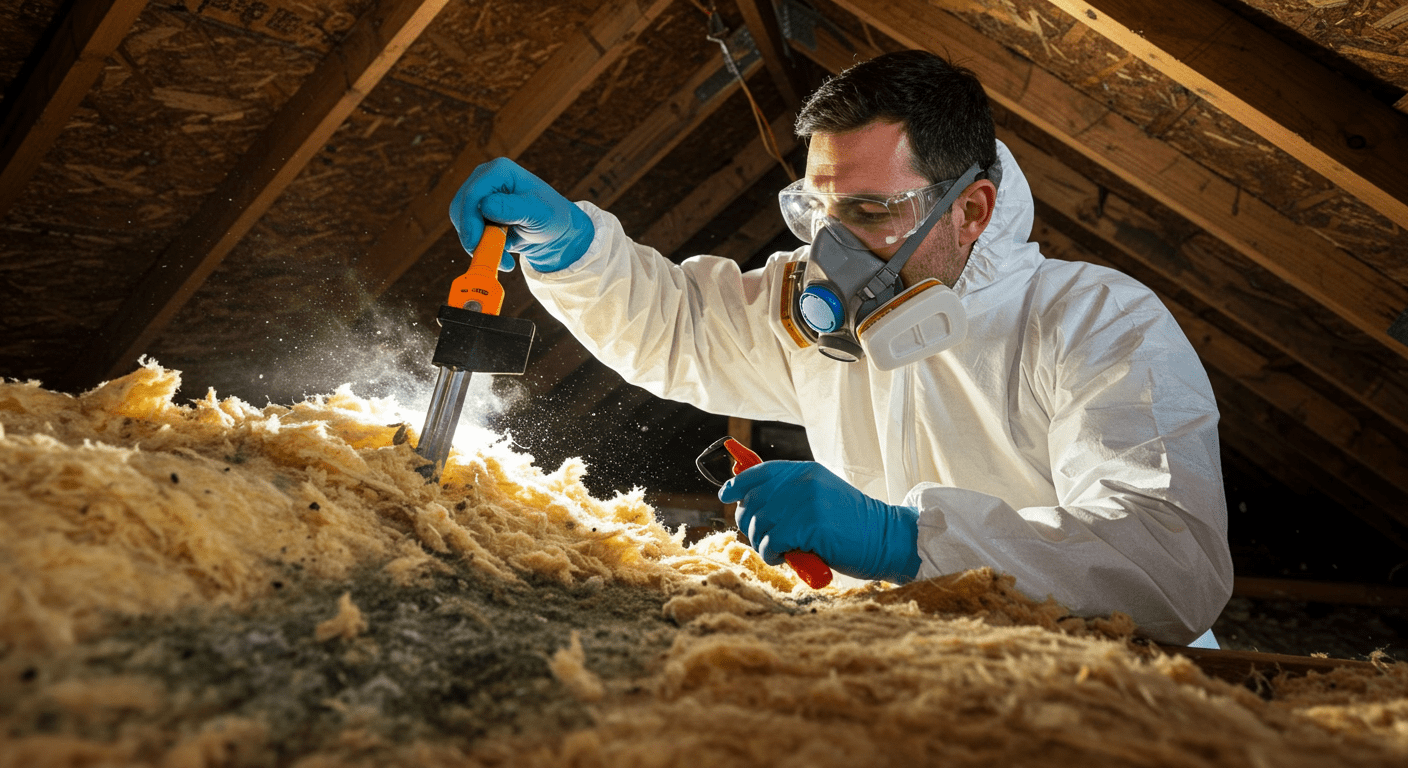
Preventing Future Mold Growth
Best Practices for Attic Maintenance
Preventing mold in your attic starts with regular maintenance. Inspect your attic periodically for signs of leaks, condensation, or poor ventilation. Address any issues immediately to prevent moisture buildup. Additionally, clean your attic regularly to remove dust and debris, which can contribute to mold growth.
Importance of Proper Ventilation and Insulation
Proper ventilation and insulation are key to preventing attic mold. Ventilation allows humid air to escape, reducing moisture levels. Insulation, on the other hand, prevents warm air from condensing on cold surfaces. Together, they create an environment that is less conducive to mold growth. For more tips, explore effective strategies for cleaning green mold.
Conclusion
Mold in your attic can be a serious issue, but with the right knowledge and strategies, it’s manageable. By understanding the causes of attic mold, recognizing its signs, and taking proactive steps to remove and prevent it, you can protect your home and health. Whether you choose DIY methods or professional help, addressing mold issues promptly is crucial. Remember, prevention is always better than cure—maintain your attic regularly to keep mold at bay.
For more information on mold prevention and remediation, check out our comprehensive guide to mold prevention and removal.
